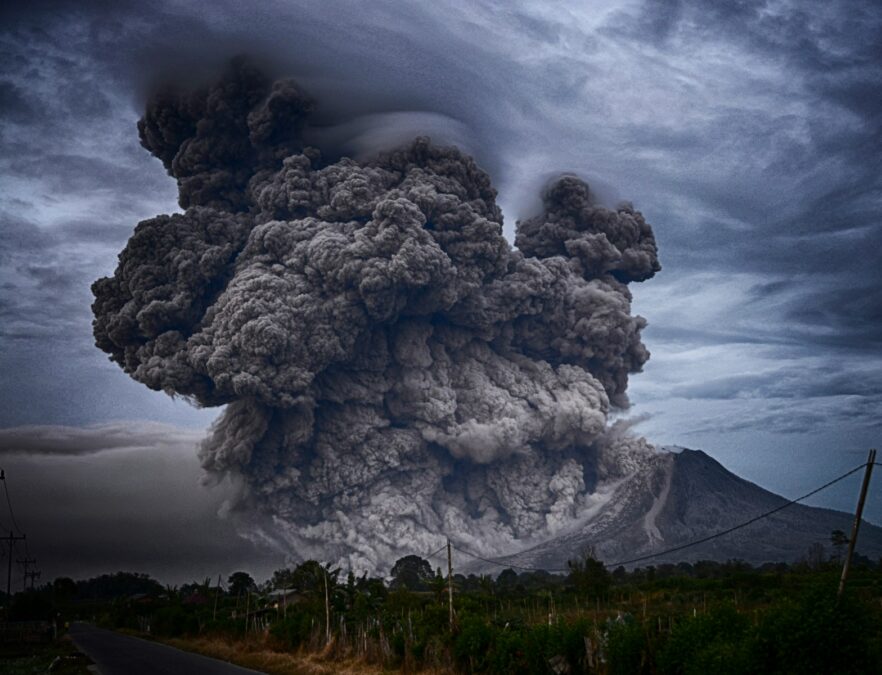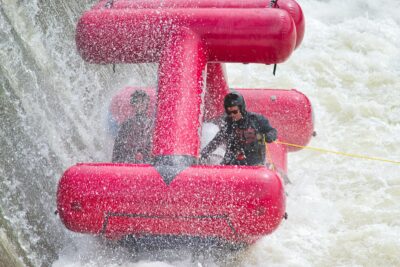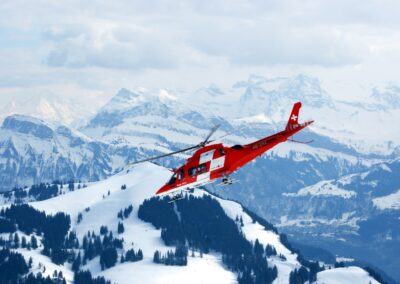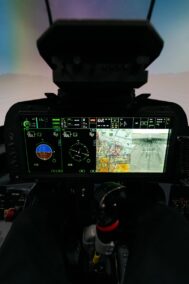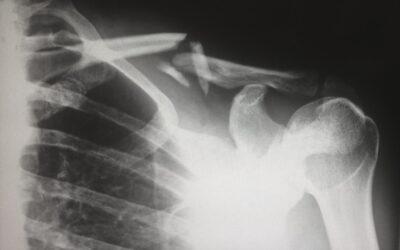Advanced Capabilities of Rescue Robots in Disaster Scenarios
The Role of Rescue Robots in Disaster Mapping
The integration of rescue robots in disaster mapping and surveying has revolutionized the field of disaster management. These robots are equipped with advanced sensors and AI algorithms that enable them to navigate hazardous environments, gather critical data, and create detailed maps of disaster-affected areas. In regions like Saudi Arabia and the UAE, where urbanization and infrastructure development are rapid, the adoption of rescue robots ensures that response and recovery efforts are efficient and effective.
Rescue robots can access areas that are dangerous or inaccessible to human responders, such as collapsed buildings, flooded zones, or areas with hazardous materials. By mapping these areas, rescue robots provide valuable data that can guide emergency response teams, helping them to prioritize actions and allocate resources effectively. This capability is particularly crucial in urban centers like Riyadh and Dubai, where the density of buildings and population can complicate disaster response efforts.
Moreover, the data collected by rescue robots during disaster mapping operations can be used to create 3D models and simulations of the affected areas. These models provide a comprehensive view of the disaster site, allowing responders to assess the extent of damage, identify potential hazards, and plan their operations more strategically. The use of advanced mapping technologies enhances the overall effectiveness of disaster response and recovery efforts, ensuring that affected communities receive timely and appropriate assistance.
Surveying Disaster Areas with Advanced Technology
In addition to mapping, rescue robots play a crucial role in surveying disaster areas. Equipped with high-resolution cameras, LiDAR, and other sensing technologies, these robots can capture detailed images and measurements of the disaster site. This information is invaluable for assessing the structural integrity of buildings, identifying areas that require immediate attention, and monitoring the progress of recovery efforts.
The use of Artificial Intelligence (AI) in rescue robots enhances their ability to analyze and interpret the data they collect. AI algorithms can process large volumes of data quickly, identifying patterns and anomalies that might be missed by human analysts. For example, AI can detect cracks in buildings, assess the stability of structures, and predict potential collapses, providing critical information that can inform decision-making and improve the safety of responders and survivors.
Furthermore, Blockchain technology can be integrated into rescue robots to ensure the security and integrity of the data collected during surveying operations. Blockchain provides a decentralized and tamper-proof ledger that records all information gathered by the robots, ensuring that the data is accurate and reliable. This level of security is particularly important in high-stakes disaster scenarios, where the accuracy of information can significantly impact the success of response and recovery efforts.
Leadership and Innovation in Deploying Rescue Robots
Strategic Implementation and Project Management
The successful deployment of rescue robots in disaster mapping and surveying requires strategic implementation and effective project management. Business executives, mid-level managers, and entrepreneurs play a pivotal role in driving these initiatives forward. By fostering a culture of innovation and collaboration, leaders can ensure that their organizations are well-equipped to incorporate advanced robotics into their disaster response strategies.
Project management skills are essential for coordinating the deployment of rescue robots. This involves planning and overseeing the integration of robotic systems, training personnel to operate and maintain the robots, and ensuring that the technology is compatible with existing emergency response frameworks. In regions like Saudi Arabia and the UAE, where the rapid pace of development necessitates robust disaster management systems, strategic planning and execution are critical for the success of such initiatives.
Collaboration between government agencies, private enterprises, and technological innovators is also vital for maximizing the potential of rescue robots. By working together, stakeholders can share knowledge, resources, and expertise, leading to the development of more sophisticated and effective robotic solutions. This collaborative approach ensures that rescue robots are continuously improved and adapted to meet the evolving challenges of disaster management.
Case Studies: Rescue Robots in Action
Several case studies highlight the effectiveness of rescue robots in real-world disaster scenarios. For instance, during the aftermath of hurricanes in the United States and typhoons in Southeast Asia, rescue robots were deployed to survey flooded areas, locate survivors, and assess the structural integrity of buildings. These robots provided critical data that informed the actions of emergency responders, enabling them to prioritize their efforts and allocate resources more effectively.
In Saudi Arabia, rescue robots have been integrated into disaster response plans for events such as building collapses and industrial accidents. By leveraging advanced robotics, Saudi authorities have enhanced their ability to respond quickly and effectively to emergencies, ensuring the safety of both responders and victims. Similarly, in Dubai, the use of rescue robots in disaster drills and simulations has demonstrated their potential to improve overall disaster preparedness and response.
These case studies underscore the importance of continuous innovation and adaptation in the field of rescue robotics. By learning from real-world applications and refining their strategies, regions like Saudi Arabia and the UAE can stay at the forefront of disaster management, ensuring that their communities are well-protected in times of crisis.
Conclusion: Building a Safer Future with Rescue Robots
The integration of rescue robots into disaster mapping and surveying operations represents a significant advancement in disaster management. By leveraging advanced technologies such as AI, Blockchain, and high-resolution sensing, these robots enhance the safety and efficiency of emergency response efforts. In regions like Saudi Arabia and the UAE, the adoption of rescue robots demonstrates a commitment to modernizing disaster management practices and protecting communities from the impacts of natural and man-made disasters.
Effective leadership and collaboration are essential for the successful deployment of rescue robots. By fostering a culture of innovation and strategic planning, leaders can ensure that their organizations are well-prepared to incorporate advanced robotics into their disaster response strategies. The continuous evolution and integration of emerging technologies will play a crucial role in building a safer and more resilient future, where rescue robots are an integral part of emergency response efforts.
—
#RescueRobots, #DisasterMapping, #SurveyingTechnology, #DisasterManagement, #ModernTechnology, #AIinRobotics, #SaudiArabia, #UAE, #Riyadh, #Dubai

